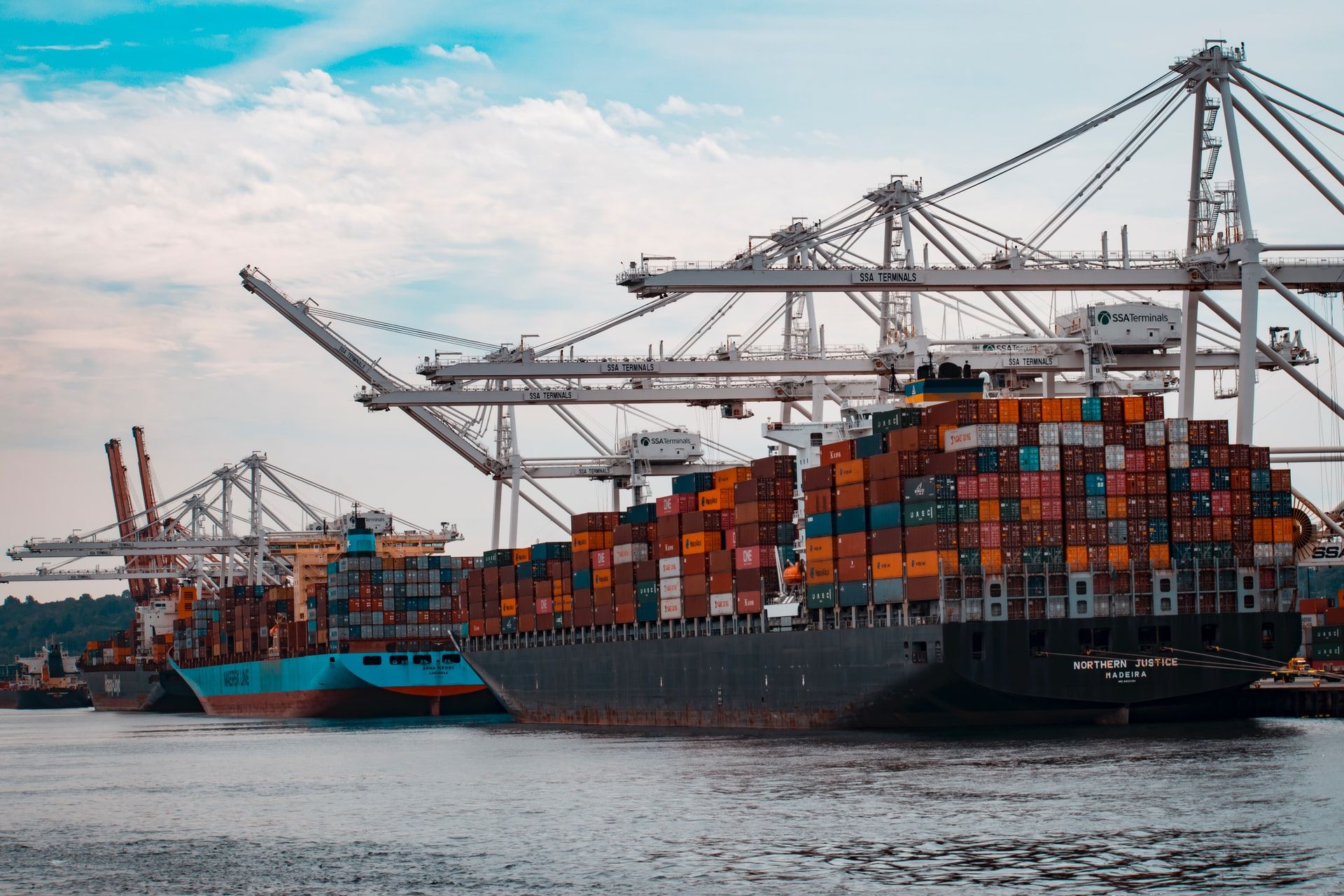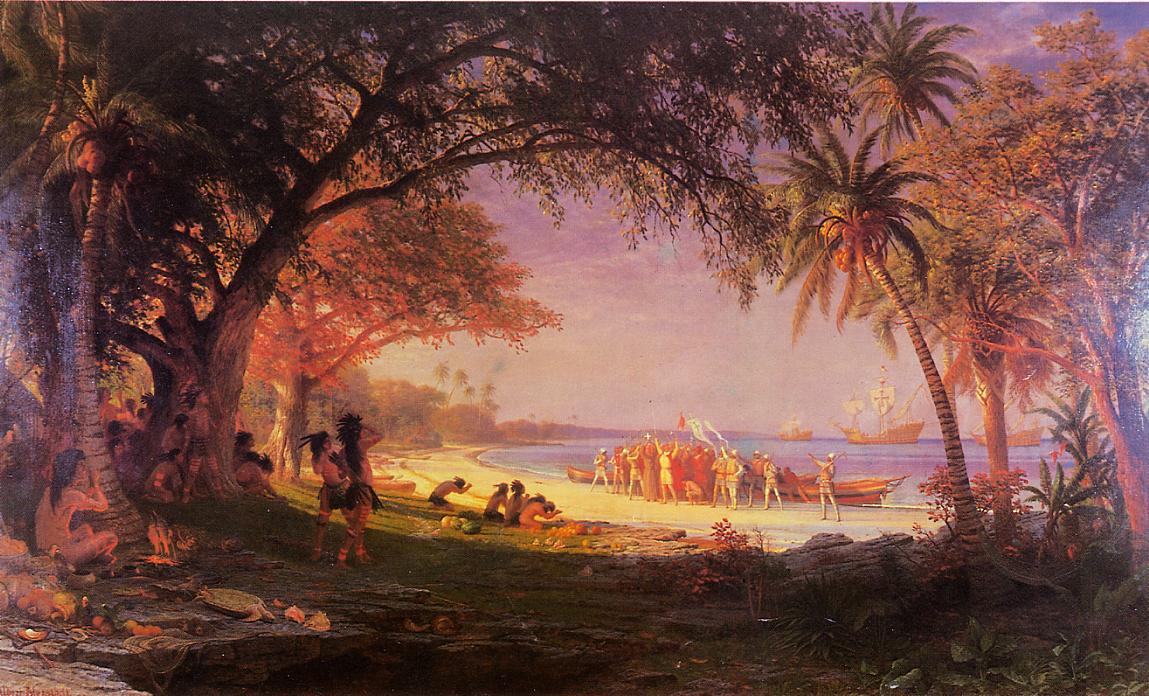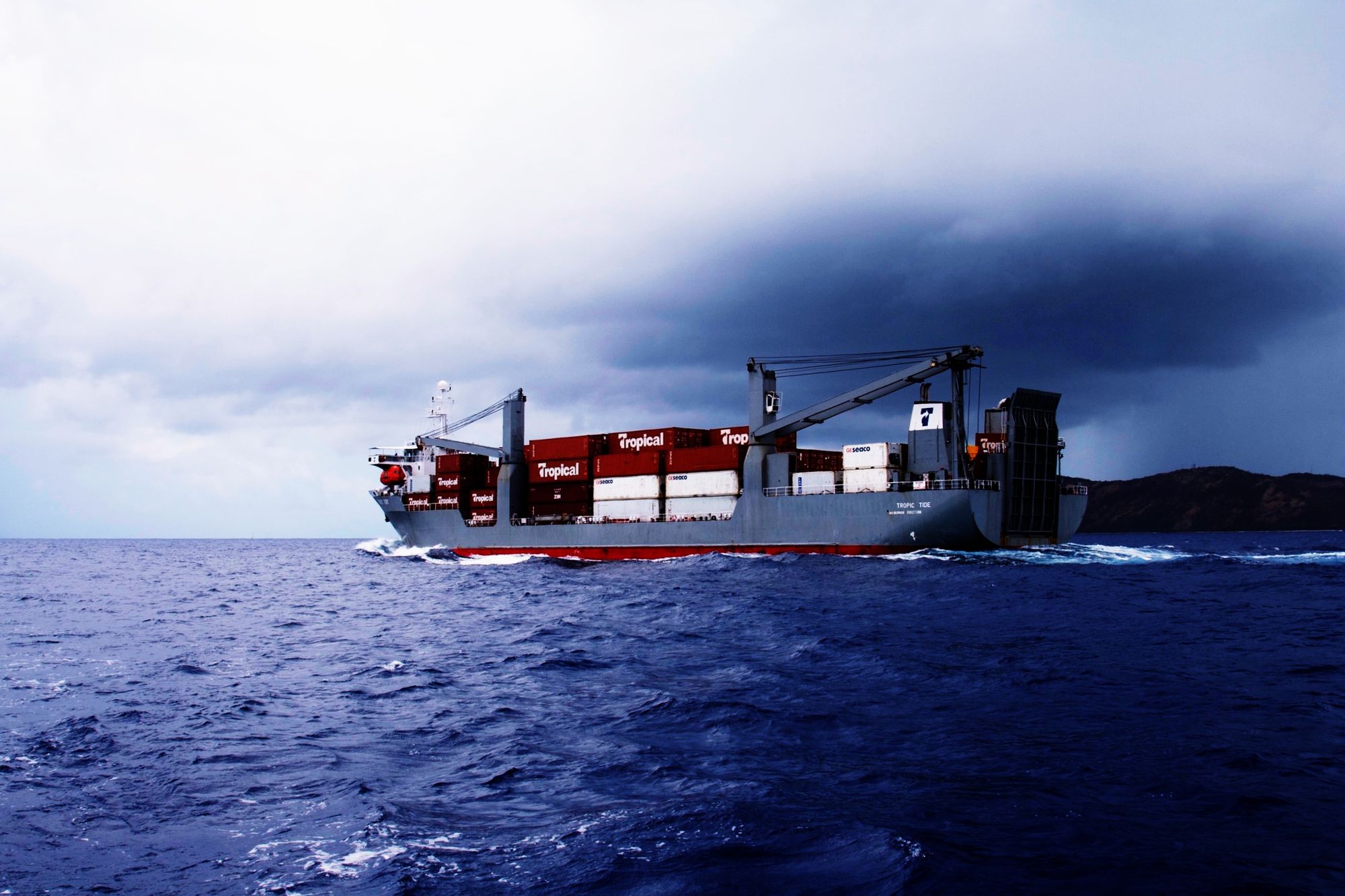This is an email I recently sent to a couple of founders to help them frame how they should be thinking about the scope of their MVP. I've lightly edited it here, but it's still written in the second person.
I often see parallels between building tech for a startup and shipping ports. When you think of your long-term vision you are naturally going to envision the resultant container port, something akin to what the Port of Seattle[0] looks like today:

However, the port didn't start as large as it is today, nor with all of the existing infrustructure. When European explorers arrived in the Americas, they dropped anchor off the coast and sent a row boat into land, offloading any materials they needed from the row boat.

But how you get from a beach landing to a container port depends on a lot of factors. Some of those include:
- Is this even the right island?
- Is this the right location on the island?
- How much volume will your port carry?
Here in the Virgin Islands, Columbus first landed in the Salt River Bay on St Croix. That site today is still Salt River Bay and not the Salt River Container Port. The port on St Croix ended up being built on the south side of the island. Additionally, the busier container port is likely the Port on St Thomas, not St Croix. So, prior to building a lot of infrustructure you need to first be sure you're even putting it in the right place.
Second, you must ask the question of how much infrastructure investment is necessary and appropriate for each port. As you can see from the Port of Seattle photo, all of the cranes have been placed on land. This infrastructure is extremely expensive but at sufficient container volumes the extra speed of offloading makes that fixed cost worth the investment. However, you don’t see the same infrastructure investment here in the Virgin Islands.
The main container port on St Thomas has less volume and thus we have different trade-offs for the appropriate size of infrastructure. If you notice, we don’t actually have fixed cranes on the land. Instead, the ships that visit our port have their own cranes on the ship itself. This is less efficient on a per-container basis but more cost effective for our given port volumes.

However, even though the crane infrustructure has been offloaded onto the ship, there are still land-based infrusturture requirements to support that ship, such as bulk heads, trailors, and trucks. Moving down further from that scale, St Thomas, VI also has the Red Hook Marine Terminal. Here we only have roll on / roll off (What we call the "car barge"), and so the containers have to come attached to a truck and trailer.

The Car Barge is the least efficient ship from a containers-per-ship perspective, but also the most flexible. If the volume at this port reduces significantly, the ships and trucks in-use today can be redeployed to other ports and routes. Additionally, these type of ships can carry commercial trucks and passanger cars in addition to the container trailers.
Some questions for you to consider are: what size “port” do you need to build today for your startup[1], how much flexibility do you need, and what’s the relevant timeline?
If your company is growing, then building to current capacity will always leave you behind. However building too far ahead of your current needs will take more time and money than necessary (both usually scarce resources for a startup). And, you may build the wrong port in the wrong location if you havent sufficient proved the viability of that location.
Some questions you should ask to help guide your development team include:
- How certain are you that the features you are building today are the ones that will be needed in 6 months?
- What is the relevant unit capacity for your platform?
- How much of that capacity do you need today and project to need in 3 months or a year (and how certain are you of this projection)?
- What are the MVP trade-offs for building such capacity now? (which features can't you build today because you're building the container port version of feature 1?)
- What’s the cost to move from one capacity boundary to the next?
- How much of what you build today is reusable in one year, if any (e.g can the car barge still dock at the container port)?
[0] Here's an interesting PDF-tour of the Port of Seattle: https://www.portseattle.org/sites/default/files/2018-03/Terminal_Tour_4-2016.pdf
[1] Tech folks often chase the latest tools being released by Google, Facebook, Twitter, etc. Remember that some of those tools are designed for a container port and you might be better served today by something more akin to a row boat or car-barge. However, that's a post for another time.